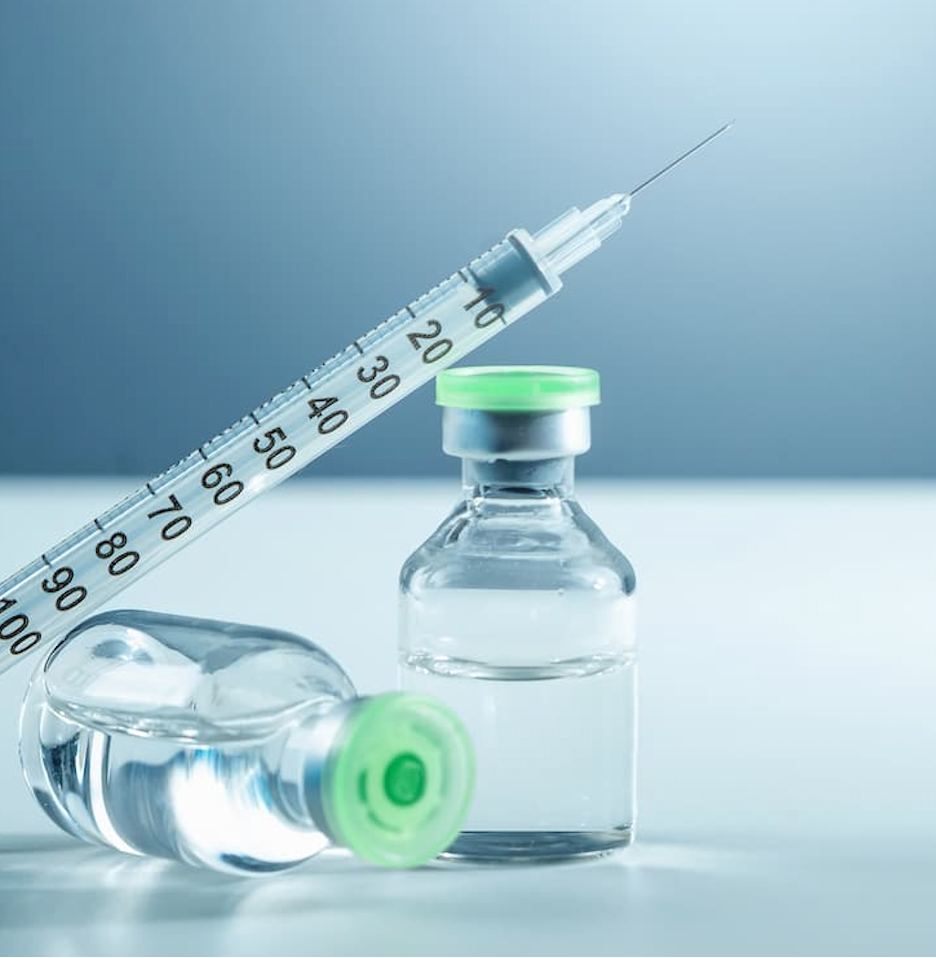News
Article
Inhaled Triple Therapy Needs Better Integration into Asthma Care
Author(s):
Despite being aware of its value in treating asthma, specialists were uncertain about integrating ITT into patient care.
Diego Bagnasco, MD, PhD
Credit: Research Gate

Inhaled triple therapy (ITT), despite being well known to decrease exacerbation rate and improving lung function for patients with asthma, was still not widely used by clinicians due to uncertainty in implementing it into patients’ treatment regimens.1
“Despite [previous] evidence2… ITT is not used enough in patients with asthma, likely due to concerns about using different devices or doubts about therapeutic adherence. Furthermore several treatable traits of asthma, such as, propensity to exacerbations, airflow limitation, neuronal plasticity, small airway dysfunction, mucus hypersecretion, and neutrophilic airway inflammation, can be addressed by inhaled triple therapy,” lead investigator Diego Bagnasco, MD, PhD, Assistant Professor, Department of Internal Medicine and Medical Specialties (DIMIs) at the School of Medical and Pharmaceutical Sciences, and Respiratory Diseases and Allergology Clinic, IRCCS Policlinico San Martino Hospital, University of Genoa, and colleagues wrote.1
Bagnasco and colleagues conducted a survey study that used an ad hoc survey been developed by a panel of Interasma Scientific Network (INESnet) experts and subsequently defined by 2 Delphi rounds among an international group of physicians. The survey was distributed through Interasma social media between June and September 2023. The investigators analyzed data from the questionnaire using a descriptive analysis as well as Spearman's non-parametric statistical method.
Bagnasco and colleagues collected 314 completed questionnaires in total. They found that 35.7% of specialists consider ITT as a relevant therapeutic option, 61.8% considered it as a second option after reaching high dose of ICS-LABA, and 89.2% agreed that optimization of inhaled therapy should be attempted before the use of biological drugs.1
Specialists considered persistent flow limitation and high reversibility as predictive factors of response. They generally considered ITT a resource in asthma management and were aware of its efficacy in decreasing exacerbation rate and improving lung function. However, the survey did reveal persistent uncertainties among clinicians in integrating it into care for patients with asthma.
“The impact of ITT, nowadays recommended for moderate to severe asthma not adequately controlled by at least average doses of inhaled corticosteroids (ICS) combined with long-acting beta-agonists (LABA), remains to be quantified and is an area of active investigation due to its clinical and management implications. In conclusion, the survey identifies certainties and uncertainties among clinicians regarding the use of triple therapy in clinical practice, highlighting the need for further measures to effectively integrate research findings into day-to-day clinical practice,” Bagnasco and colleagues concluded.1
REFERENCES
Bagnasco D, Ansotegui I, Baiardini I, et al. Triple inhaled therapy in asthma: Beliefs, behaviours and doubts. Pulm. Pharmacol. Ther. 2024, 102333(87). doi: 10.1016/j.pupt.2024.102333
Cloutier MM, Baptist AP, Blake KV, et al. 2020 Focused Updates to the Asthma Management Guidelines: A Report from the National Asthma Education and Prevention Program Coordinating Committee Expert Panel Working Group. J Allergy Clin Immunol. 2020:146(6). P: 1217-1270. doi: 10.1016/j.jaci.2020.10.003





